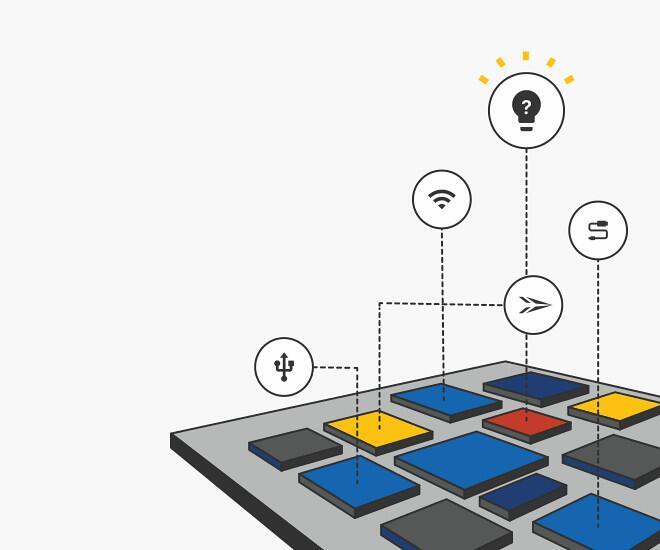LPWAN networks complicate IoT picture
Article By : Paul Carter

It’s no longer a question of use cases for IoT. The question now involves end-user compatibility with emerging protocols.
The sharp increase in connected devices has been accompanied by a rise in networks specifically built for IoT applications. These networks, often referred to as Low Power Wide Area Networks (LPWANs) use very little energy, small amounts of data and low levels of bandwidth. They can connect multiple private and public IoT devices and provide services to users across vast distances, facilitating the development of smart cities.
The rise of multiple types of LPWAN networks, each with its own competing network protocol, has complicated the IoT picture. It’s no longer a question of use cases for IoT devices. The question now involves end user compatibility with the wide array of emerging protocols. In the worst case, smart cities could evolve multiple proprietary, isolated networks.
This issue is particularly pertinent given the recent news that a handful of competing companies such as Sigfox plan to bring their networks to many U.S. cities, including New York and Los Angeles by the end of 2016.
The limited scope of LPWANs has enabled these networks to be deployed with relatively small investments and with little maintenance required. While a major player, Sigfox has significant competition from many companies and industry alliances that support other IoT protocols. For example, Cisco and Huawei are gaining traction in the marketplace with systems using LoRa and NB-IoT protocols.
It’s a sizable burgeoning market with many interested parties. International Data Corp. forecasts U.S. investment in IoT related products and services will reach ₹15.47 lakh crore ($232 billion) by the end of 2016, with an annual growth rate of 16% over the next three years. That leaves participants from product engineers to public officials wonder what protocol will end up dominating.
The truth is, the LPWAN market is still in a nascent stage, so it’s too early to answer that question. Judging from the early signs, however, it seems unlikely that only one major protocol would win out.
Think about the ongoing fight between operating systems on phones. No one saw Apple’s iOS being as popular as it has become. A seemingly stand alone, incompatible system, yet almost overnight iPhones became ubiquitous with an entire market built around the devices. The theme continued with Android phones, which now account for over 80% of the phones on the market.
The same is likely to happen in the IoT market. There’s more than enough room for several competing protocols, and for devices that are compatible with these different protocols.
It’s important to understand that there isn’t just one type of device using LPWANs. These networks can be integrated into everything from utilities to health to security, and involve a myriad of end-user devices and systems from simple environmental sensors and smart controls to mirrored systems.
These networks need to be treated like our current mobile networks. They should be benchmarked periodically to assess their health and thus optimise community services running on them that may be related to energy management, urban mobility or waste monitoring.
But IoT networks, whether they are layered on top of a traditional carrier mobile network or operate as a standalone one, cannot be vetted the same was as today’s cellular nets. Mobile carriers often look closely at the successful completion of data tasks initiated by a mobile device on the network, and the speed at which tasks are completed.
IoT networks, which primarily facilitate machine-to-machine communication to deliver data-light bits of information, don’t necessarily need cellular-class throughput. What’s more crucial for these networks is ensuring that they’re robust enough to complete all tasks and that network latencies are within acceptable ranges for the IoT applications in use.
In IoT, it’s more important that data be reliably transmitted when needed as opposed to how fast it can be done. Consumers complain about long download times, sensors don’t. But the delivery of data still must occur within the time required.
The development and widespread implementation of LPWANs have opened a new world of possibilities for technology in public life. However, the speed at which the public sector invests in and implements IoT projects to move from pilots to public services is directly impacted by the speed at which the IoT industry sorts itself out.
Sigfox is already off to strong start, recently announcing the availability of ₹133.32 ($2) IoT modules. Only time will tell on how the rest of the industry will react and adapt.